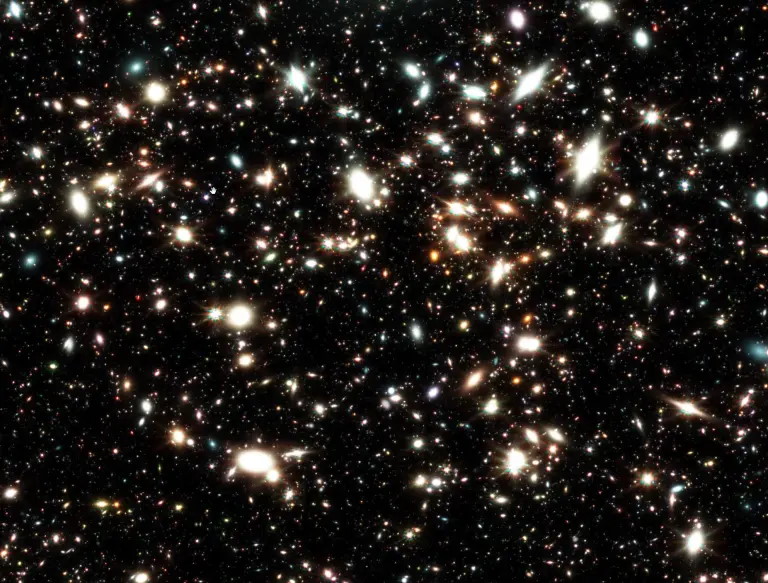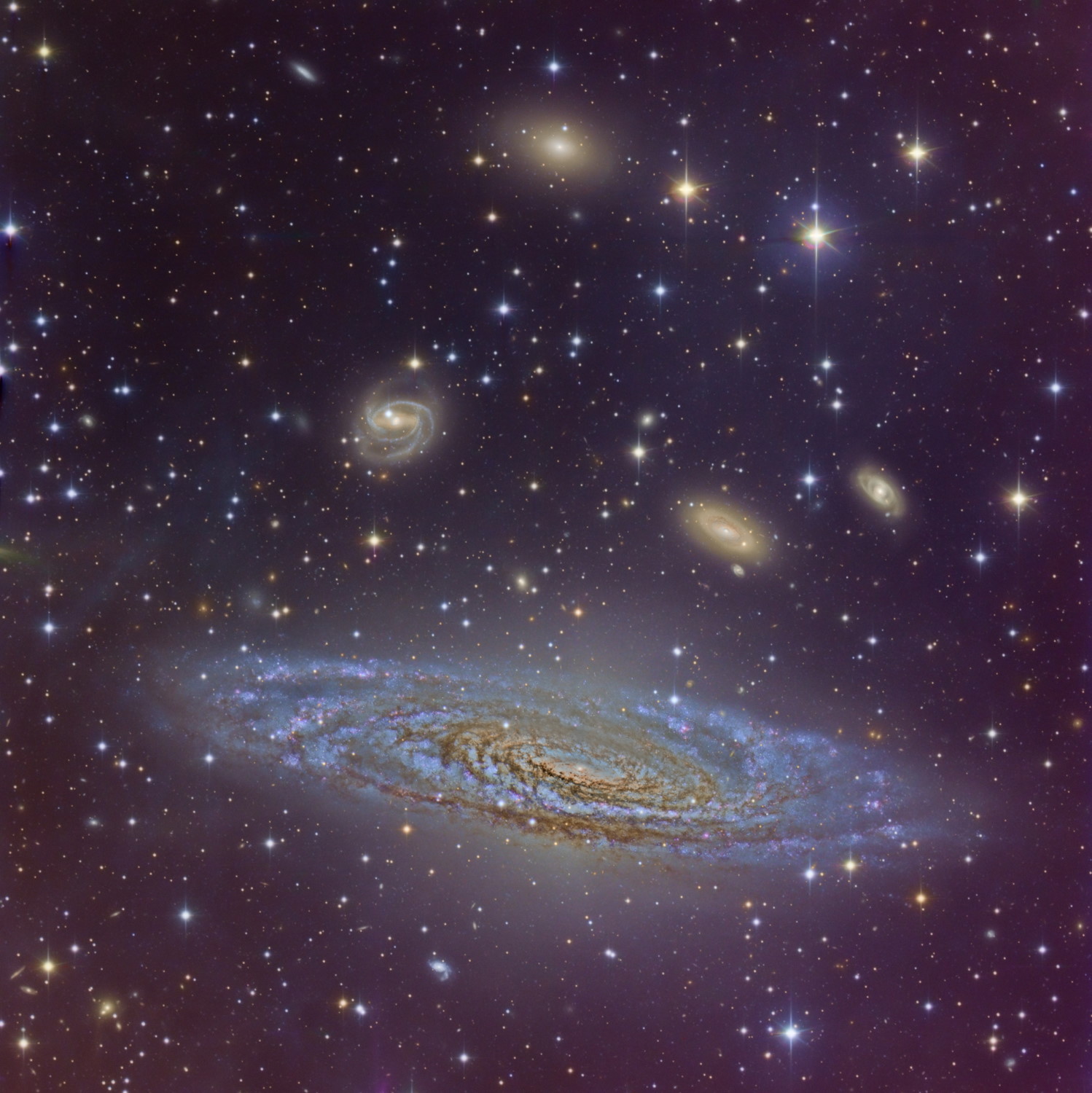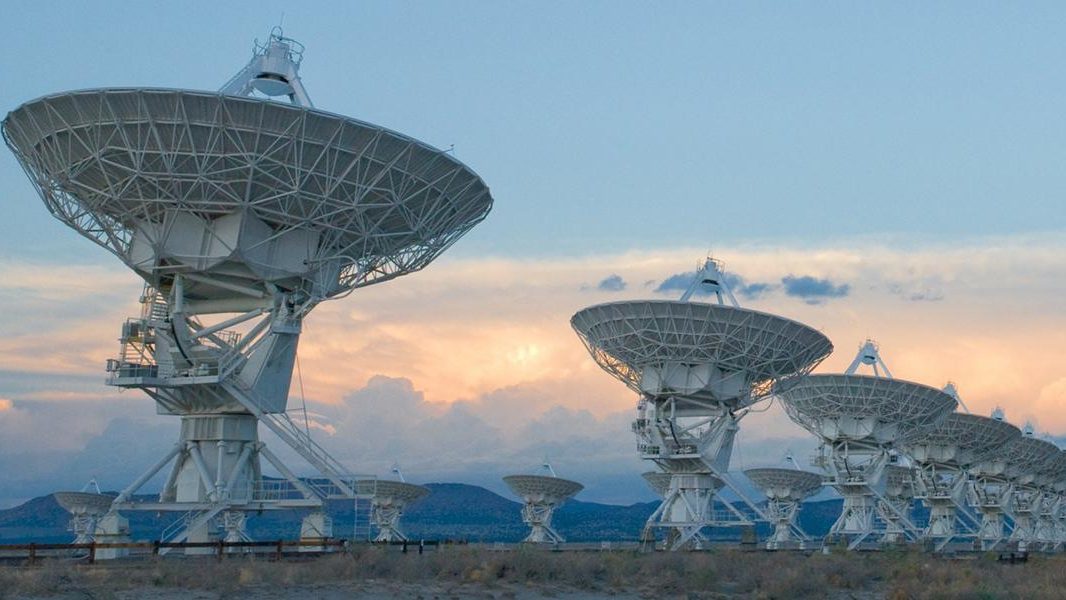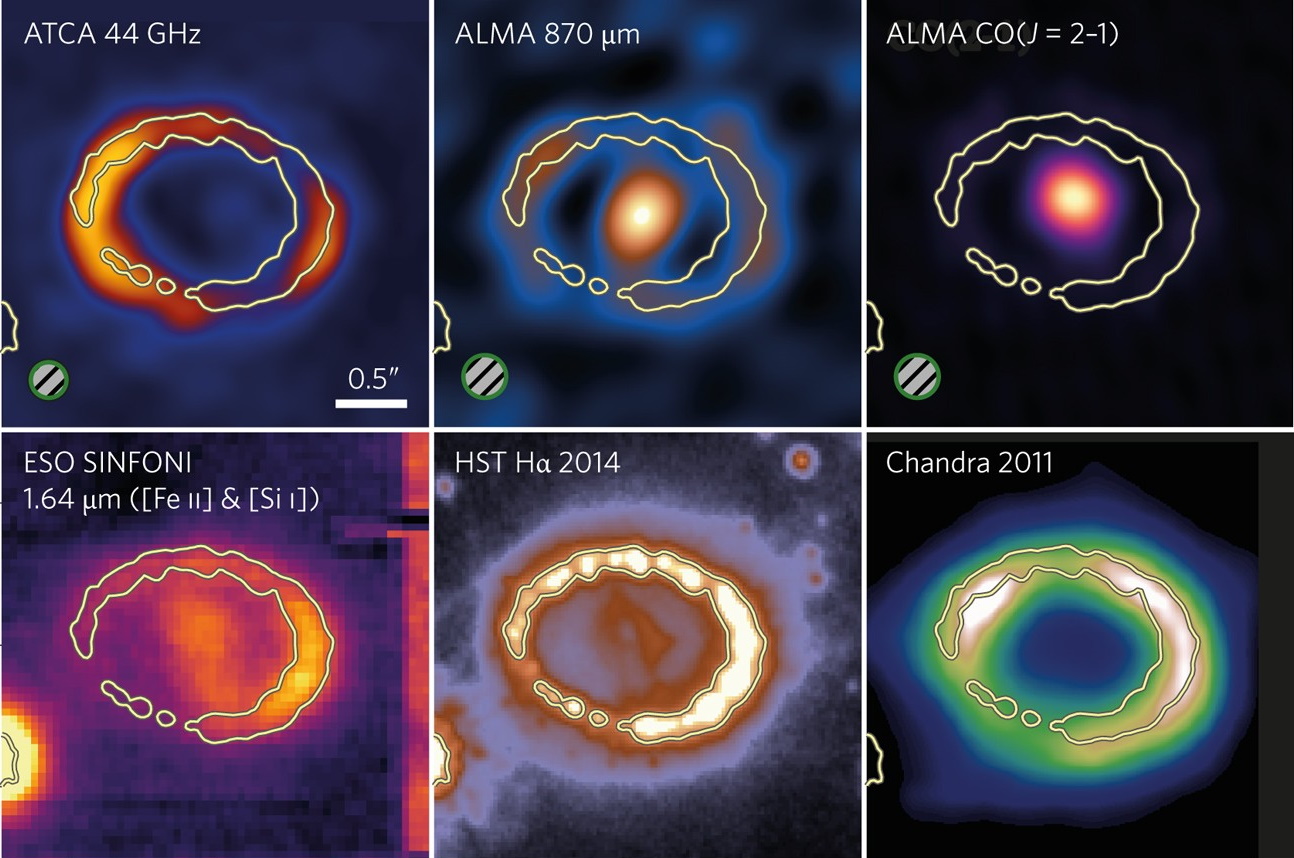Starts With A Bang podcast #81: The local bubble
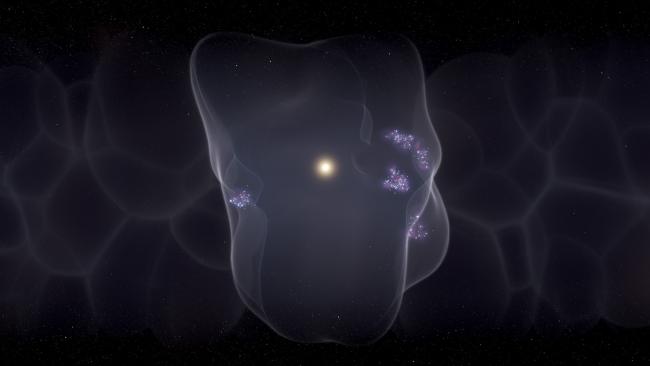
- The galaxy isn’t just filled with stars, planets, gas, and dust, but also with tenuous bubbles that mark the border between shock and ionization fronts.
- Over the last 15 million years, the recent star formation in this particular vicinity of the galaxy has blown a new bubble: the Local Bubble, which the Sun sits at the center of.
- It’s completely unrelated to the Sun itself, as we appear to simply be a recent interloper into this structure. Get the whole fascinating story on this edition of the Starts With A Bang podcast!
When we look out at the Universe, what we see is typically what we think of: the points of light. Depending on the scales we’re looking at, this can come in the form of stars, galaxies, or even clusters of galaxies, but it’s almost always information that comes to us in some form of electromagnetic radiation, or light. But sometimes, light can be just as informative for what either isn’t there or how it’s been affected by the various media that it’s passed through!
In the case of our own cosmic backyard, a new study from earlier this year, 2022, revealed something spectacular and entirely unexpected: that the Sun sits at the center of a ~1000 light-year wide structure known as the Local Bubble, itself just about 15 million years old but containing all of the nearest young star clusters to us. In fact, the star Aldebaran, one of the brightest in the sky, helped “blow” this bubble in the interstellar medium!
It’s the very first episode of the Starts With A Bang podcast ever to feature multiple guests, and I’m so pleased to welcome Drs. Catherine Zucker, Alyssa Goodman, and João Alves to the podcast, all three of whom helped make this knowledge possible! I hope you enjoy the listen, and it’s a 90 minute spectacular you won’t regret spending your time on!
Links:
- Discovery paper: www.nature.com/articles/s41586-021-04286-5
- Press release: www.cfa.harvard.edu/news/1000-light…rby-young-stars
- Video: sites.google.com/cfa.harvard.edu/…e-star-formation
- Interactive visualization: faun.rc.fas.harvard.edu/czucker/Paper…_Figure1.html
